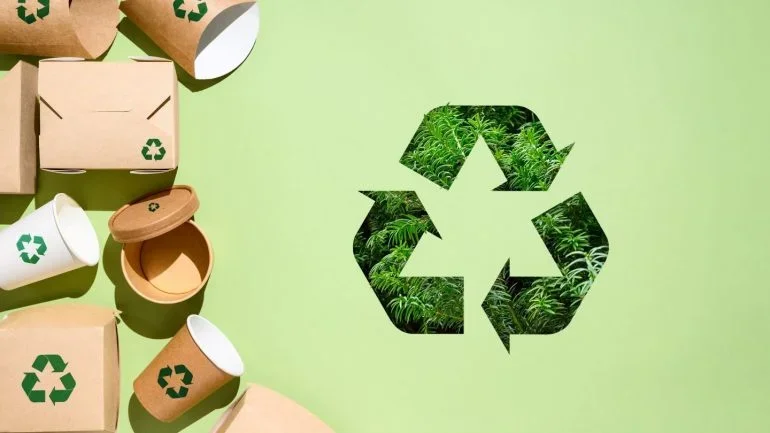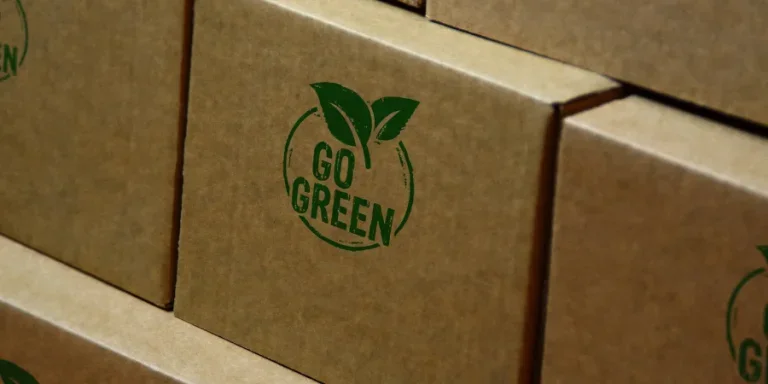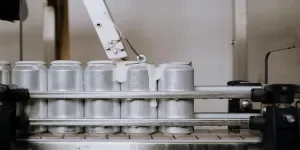This transition, driven by the need for sustainable solutions and changing consumer preferences, presents both opportunities and challenges for businesses.

In an era increasingly focused on sustainability, the move from plastic to fibre-based packaging, known as paperisation, is gaining momentum.
This shift is driven by environmental concerns, regulatory pressures, and changing consumer preferences.
As industries adapt to these demands, the transition to paper-based packaging presents both opportunities and challenges.
Environmental and regulatory pressures
The environmental impact of plastic waste has become a significant global issue. Plastics, which take hundreds of years to decompose, are a major source of pollution in oceans and landfills.
In response, many countries have introduced stringent regulations to reduce plastic use. The European Union’s Single-Use Plastics Directive, for instance, aims to cut down the top ten single-use plastic items found on European beaches by 70% by 2025.
These regulatory measures are compelling companies to seek alternative packaging solutions. Fibre-based packaging, derived from renewable resources like wood pulp, is biodegradable and recyclable.
This makes it an attractive option for businesses looking to comply with new environmental laws and reduce their carbon footprint.
Market trends and consumer preferences
The shift towards paperisation is also influenced by changing consumer behaviour. Today’s consumers are more environmentally conscious and prefer products that are sustainably packaged.
A survey conducted by GlobalData in 2023 revealed that 74% of consumers are willing to pay more for eco-friendly packaging. This consumer demand is encouraging companies to innovate and adopt fibre-based packaging solutions.
Leading companies across various sectors are already making significant strides in this direction. For example, food and beverage giants are replacing plastic straws, cups, and containers with paper alternatives. Similarly, the cosmetics industry is moving towards paper tubes and cartons, reducing its reliance on plastic packaging.
Technological innovations and industry challenges
While the benefits of fibre-based packaging are clear, the transition is not without challenges. One of the primary obstacles is ensuring that paper packaging meets the same performance standards as plastic.
This includes maintaining product freshness, durability, and shelf life.
To address these issues, companies are investing in research and development to create advanced paper materials. Innovations such as water-resistant coatings and barrier technologies are enhancing the functionality of fibre-based packaging.
These developments are crucial for sectors like food and pharmaceuticals, where packaging integrity is paramount.
However, the shift to paperisation also comes with cost implications. Fibre-based materials and the machinery needed to produce them can be more expensive than their plastic counterparts.
This initial investment may deter some companies, especially smaller businesses with limited budgets. Nevertheless, as the demand for sustainable packaging grows, economies of scale are expected to drive down costs, making paperisation more accessible.
The future of fibre-based packaging
The future of packaging is likely to see a continued shift towards sustainable materials. Governments, consumers, and businesses are all playing a role in driving this change.
Companies that adapt to the trend of paperisation will not only comply with regulations but also gain a competitive edge by aligning with consumer values.
Collaborations between businesses, researchers, and policymakers are essential to overcoming the challenges associated with this transition. By working together, stakeholders can develop innovative solutions that meet environmental goals without compromising on performance or cost-effectiveness.
In conclusion, paperisation represents a significant step towards a more sustainable future. The move from plastics to fibre-based packaging is driven by environmental, regulatory, and market forces.
While challenges remain, technological advancements and growing consumer demand for eco-friendly products are paving the way for widespread adoption of paper-based solutions.
As industries continue to innovate and adapt, fibre-based packaging is poised to become a mainstay in the quest for sustainable packaging.
Source from Packaging Gateway
Disclaimer: The information set forth above is provided by packaging-gateway.com independently of Alibaba.com. Alibaba.com makes no representation and warranties as to the quality and reliability of the seller and products. Alibaba.com expressly disclaims any liability for breaches pertaining to the copyright of content.




